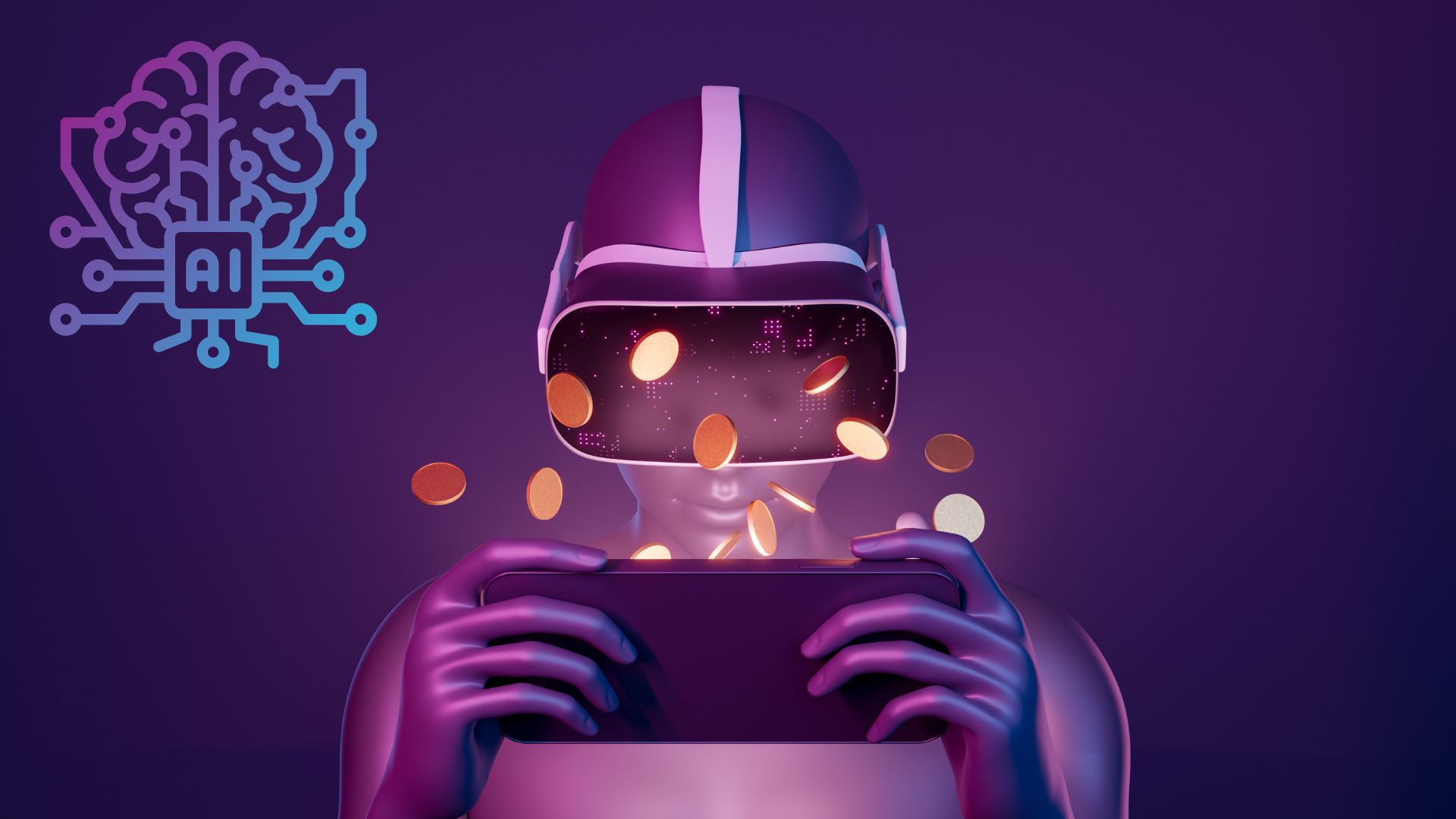In the ever-evolving landscape of gaming, Artificial Intelligence (AI) has emerged as a transformative force. This article embarks on an exploration of the various types of AI gaming, unraveling the intricate tapestry that AI weaves within the gaming realm.
Reinforcement Learning in Games
Reinforcement learning, a cornerstone of AI, has found a profound application in gaming. This type of AI gaming involves training algorithms to make decisions by learning from their interactions within a games environment. Games become dynamic arenas where AI entities evolve and adapt based on the consequences of their actions, creating an ever-shifting challenge for players.
Procedural Content Generation
In the realm of AI games, procedural content generation stands as a fascinating avenue. AI algorithms are employed to dynamically create in-game content, from landscapes to levels, ensuring a unique and unpredictable player experience. This type of AI games not only enhances replayability but also showcases the AI’s ability to craft virtual worlds with artistic finesse.
Natural Language Processing (NLP) in Interactive Storytelling
Natural Language Processing (NLP) introduces a captivating facet to AI games – interactive storytelling. Games infused with NLP allow players to engage in conversations with virtual characters, with the AI comprehending and responding to natural language inputs. This elevates narrative immersion, providing players with an unprecedented level of agency in shaping the game’s storyline.

AI-Driven Dynamic Difficulty Adjustment
Gone are the days of static difficulty levels. AI games introduces dynamic difficulty adjustment, where the game adapts its challenge based on the player’s skill and performance. This personalized games experience ensures that players are consistently engaged, facing challenges that align with their evolving expertise, courtesy of AI algorithms monitoring their gameplay patterns.
Generative Adversarial Networks (GANs) in Character Design
Generative Adversarial Networks (GANs) bring an innovative touch to AI gaming by influencing character design. This type of AI gaming employs GANs to generate lifelike characters, imbued with diverse personalities and traits. The AI’s creative prowess in character design adds an extra layer of authenticity and depth to the games experience.
Swarm AI in Competitive Gaming
Delving deeper into the synergy of AI and gaming, swarm intelligence plays a pivotal role, particularly in competitive gaming scenarios. In multiplayer environments, AI-driven agents leverage swarm dynamics to adapt and strategize collectively, presenting players with challenges that evolve dynamically. This not only elevates the complexity of competitive games but also introduces an element of unpredictability, keeping players on the edge of their seats as they navigate the intricate interplay of AI-driven opponents.
Predictive Analytics for Player Behavior
AI gaming ventures into the realm of predictive analytics, where algorithms analyze player behavior to anticipate actions and preferences. This enables games to tailor experiences, from suggesting in-game purchases to predicting strategic moves in competitive settings. The fusion of AI and predictive analytics opens avenues for hyper-personalized games interactions.
Swarm Intelligence in Multi-Agent Systems
Swarm intelligence takes center stage in AI gaming when it comes to multi-agent systems. Mimicking natural collective behaviors seen in swarms, AI-driven agents collaborate, adapt, and strategize collectively. This type of AI gaming fosters intricate, ever-changing dynamics in multiplayer scenarios, providing players with challenges shaped by the collaborative decisions of AI entities.
Evolutionary Algorithms in Game Design
AI gaming extends its influence to the very roots of game creation with evolutionary algorithms. These algorithms iteratively refine game elements, from rules to aesthetics, optimizing for player engagement. The result is a continuous evolution of game design, where AI algorithms actively contribute to shaping the gaming landscape.
Conclusion
As AI continues to evolve, its impact on games becomes increasingly intricate and profound. From dynamic difficulty adjustments to generative character design, the types of AI gaming outlined here showcase the versatility and creativity that AI injects into virtual realms. The symbiotic relationship between AI and games not only augments player experiences but also pushes the boundaries of what games can be, hinting at a future where AI-driven innovation continues to redefine the possibilities within the gaming landscape.
